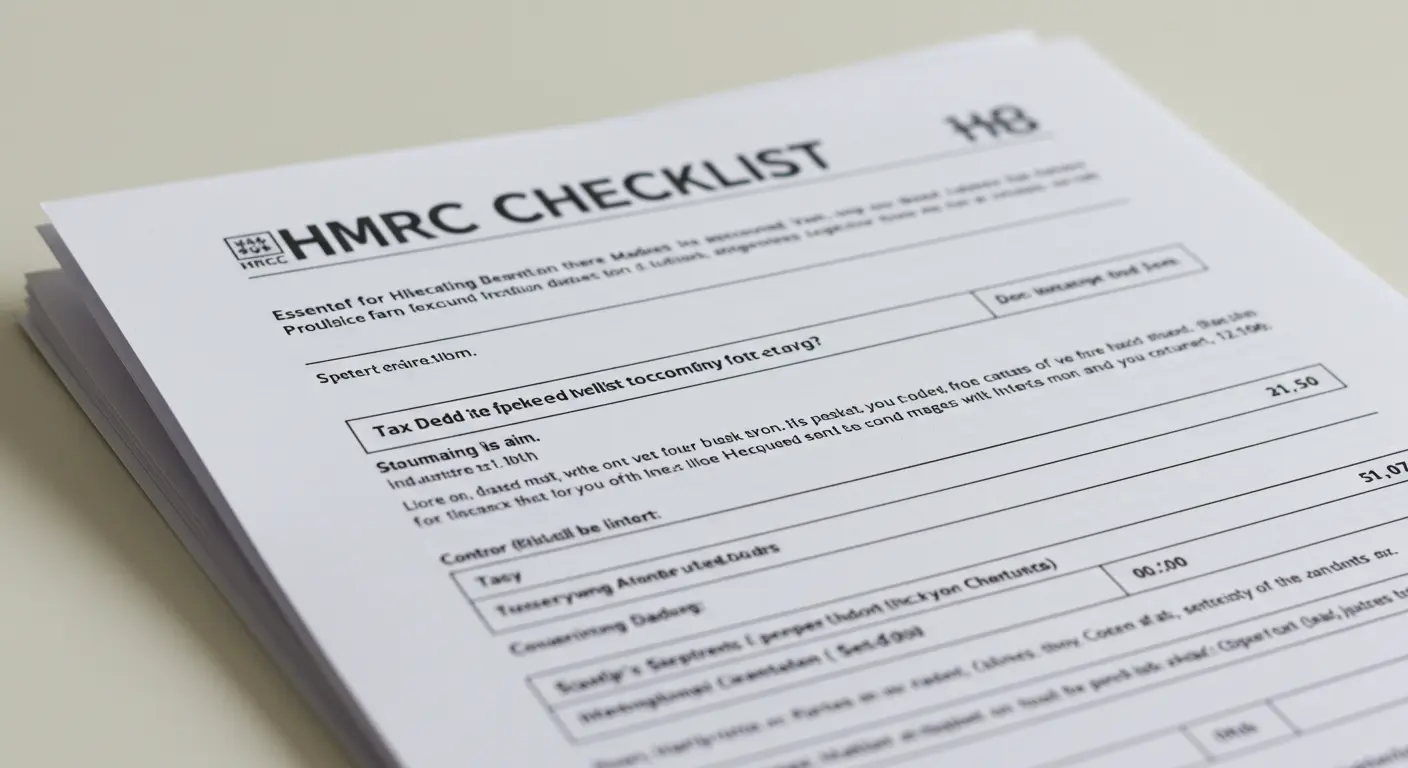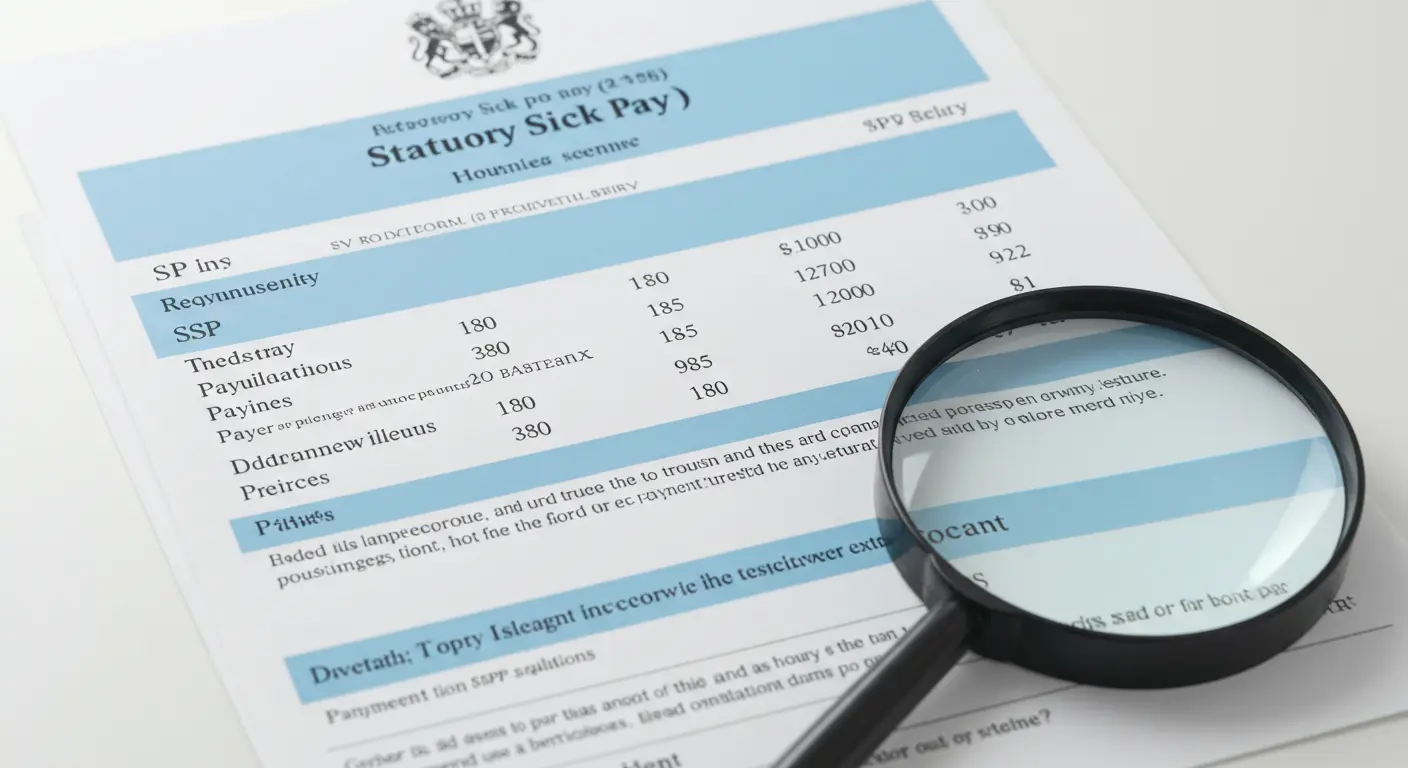What is the National Minimum Wage?
The National Minimum Wage protects workers under 23, ensuring minimum pay across all employment types, including full-time, part-time, casual, agency, and certain audio-video apprentices. The current rates for 2023 are £8. 60 for workers aged 18-20 and £6. 40 for 16-17-year-olds. Starting April 2025, these rates will swell significantly to £10.00 and £7.55 respectively. Such a structure on compensation is balanced and shows age differences as well as differences in training stages. It has essential economic insurance for young people taking the first steps into the workforce, as well as consistent protection across diverse working arrangements.
What are the Minimum Wage and National Living Wage Rates
In April 2025, the National Living Wage and minimum wage rates will be increased. According to the recommendation by the Low Pay Commission, full-time employees received an increase of about £150 per month compared to the previous year. Increased rates represent financial relief to workers across the nation, most of whom still grapple with escalating living costs. This further pledges the government to protect workers from the upcoming economic hardships. Guidance from the Low Pay Commission indicates that deliberate accounts were made of inflation and cost pressures on working families. The new rates are a great relief to millions of workers across the diverse sectors and types of employment in Britain.
Minimum Wage Rates in the UK
The National Minimum Wage in the UK will be raised by £0.77 to £12.21 per hour by April 2025, an increase from the current wage of £11.44. This change is designed to assist over 2 million low-paid workers across the country. The new wage structure allows families throughout the United Kingdom to combat the rise in living expenses and inflationary pressure. Under current legislation, an employer must start paying workers aged 21 years and older the living wage-and did so, decreasing the qualifying age for living wage from 23 to 21 years old. This change ensures businesses pay their workers fairly so that they can afford a decent living. The wage increase is an indication that the government is addressing economic issues faced by working households and that it believes in fair pay in every sector of the labor environment.
Minimum Wage Eligibility
Any British citizen or anyone, regardless of payment method, should be considered when calculating minimum wages, even if it is calculated in hours. This includes offshore workers, trainees, part-time workers, and seasonal employees across the UK. The 2025 rate will be the same for Scotland, Northern Ireland, Wales, and England since it will apply throughout the United Kingdom. Certain worker categories remain exempt from these legal requirements. An individual can be excluded from minimum wage protection where he is self-employed, unpaid volunteers, company directors, or other family members sharing the employer’s residence.
This ensures that all employment structures are covered equally by compensation standards but recognizes some exemptions in those instances where no conventional employer-employee relationships exist. This uniform application fortifies wage protection across all UK areas.
Entitlement to Minimum Wage For Apprentices
The minimum wage for an apprentice (£6.40 as of 2024, increasing to £7.55 from April 2025) only applies to certain apprentice categories. Eligible apprentices are those under 19 years of age and those who are 19 or older in their first year of an apprenticeship. Apprentices who are either 19 or over and have completed their first year are then considered to be outside the apprentice rate framework. Such employees are entitled to the minimum wage applicable to their age.
Then the apprentice rate, a 20-year-old apprentice progressing into the second year after April 2025, will earn £10.00 hourly. This system of different rates takes account of variations in skills while recognizing that apprentices should get fair rewards. It thus helps balance between assistance in training and progression in pay as the apprentice is growing in skills and completion of initial training phases.
National Minimum Wage Calculation Methods
Employers use the correct pay rates based on hours worked by employees. The working hours as defined by the government include time spent working during designated work periods, work-related training or travel, working lunches and hours worked on assignment outside the country, extra hours worked (including overtime and unpaid overtime requested by the employer), time when called to duty at the workplace, contracted hours of working, and commute travelling where the workplace is not fixed.
Excluded by the government from working hours are all non-working breaks, personal calls, standard home-to-work commuting, leave periods including holidays, sick leave, and maternity leave, where the employee struck or participated in industrial action, and periods and times at work when not available. In compliance, one needs to calculate average hourly rates and the total hours for specific timeframes using the government’s step-by-step guide. The National Minimum Wage and Living Wage calculator for employers also provides additional tools for showing correctness in payments and detecting potential underpayment.
Real Living Wage and the London Living Wage
The real Living Wage is entirely voluntary and independent of the Living Wage Foundation. It argues that any employee in the UK above the age of 18 should earn enough to cover basic living costs. The rate is derived in part from the cost of some goods and services for a medium-size household, and it consistently exceeds both the minimum wage and the legal living wage. Over 11,000 organizations in the UK have signed up to the scheme, including some major ones such as Nationwide and Google.
The rates have caused an increase in pay for 300,000 workers across the country. Since early 2025, employers have continued to pay the living wage of £11.44. This is set to rise further in the second half of 2025 as the real Living Wage rises to £12.21 per hour across the UK. This voluntary framework shows a commitment from firms to remunerate fairly beyond legal requirements while keeping in sync with actual living costs.
What is the Impact of Paying the Real Living Wage
Paying the Real Living Wage has a meaningful impact on businesses. While it may initially increase payroll costs, it often leads to greater long-term benefits. Employees who earn enough to cover their living expenses feel more valued and secure, which results in higher morale, stronger loyalty, and better job performance. Staff turnover tends to drop, reducing recruitment and training costs.
To start with, it will improve your status as an employer and attract top talent. A recent survey conducted by CareerWallet reveals that only 25% of employees in the UK have never considered changing jobs or requesting a raise because of the increasing cost of living. It says much about how salaries matter increasingly to the UK workforce. It will also do better with existing employees, thus directly increasing morale and lowering your turnover rate.
It will also benefit you as an employer. You were sending the message that scraping by is not a reality for them as employees, and that could only improve perceptions of your brand. The approaching influences may ultimately turn into customer retention toward your company and make you a phenom among prospects.
Integrating timekeeping and payroll systems
To meet the minimum wage compliance requirements, it is necessary to maintain a record of employee hours and a record of the hourly rates paid. Time tracking software provides the most cost-effective solution for such a requirement. The complete HR system of Factorial allows companies to customize employee work schedules, compare the actual working hours with expected ones, track daily hours using clock-in and clock-out systems, approve or deny timesheets instantly, facilitate overtime processing easily, monitor absence and attendance patterns, and generate custom time reports.
The platform also allows payroll centralization, effectively streamlining the compensation administration process through integrated payroll management software. Expenses and recurrent payments can be managed from the same interface. This combined software offering from Factorial provides unparalleled visibility and flexibility, ensuring that businesses do not slip through the loopholes of missing legal wage compliance while at the same time providing just benefits to the employees. Integrated administration is the elimination of complexity and risks of noncompliance.
Conclusion
The 2025 minimum wage developments demonstrate significant advancement in aiding UK workers through strenuous economic times. These rate increases made by the LPC are crucially important for the financial stability of millions of workers of all ages. Fair remuneration is at the heart of the new structure, which tackles living costs and inflationary pressures head-on. The run-up in wages will see the apprentice rate rise from £7.55 to £12.21 for those aged 21 and above, a clear statement showing the intention of the state to protect the more vulnerable of its workers.
To this end, employers must apply these provisions-which have to do with working time calculations and offsets of accommodation a manner designed to ensure compliance. The voluntary Real Living Wage scheme further motivates employers to go beyond minimum requirements. Such comprehensive wage protections form a shelter for the economic stability of countries, allowing working families to maintain reasonable standards of living across the United Kingdom.
FAQs
[saswp_tiny_multiple_faq headline-0=”h4″ question-0=”What Were the Changes in the National Minimum Wage and Living Wage in 2025?” answer-0=”The Minimum wage, according to age, effective from April 2025, is £7.55 and £10.00. The living wage is set at £12.21 for employees above the age of 21. ” image-0=”” count=”1″ html=”true”] [saswp_tiny_multiple_faq headline-0=”h4″ question-0=”Why Did UK Minimum Wage Rates Rise?” answer-0=”The Low Pay Commission exists as an independent advisory body that supports government decisions on wage matters. They came together in endorsing the rate increases for 2025, which are intended to assist low-paid workers across the nation with growing living costs. ” image-0=”” headline-1=”h4″ question-1=”Will Minimum Wage Go Up in 2025?” answer-1=”Yes. Effective April 2025, the National Minimum Wage will be increased by **£0.77** to **£12.21 an hour** for those aged 21 and over. Workers under 18 will see an increase from £6.40 to £7.55. Rate changes for ages 18 to 20 are from £8.60 to £10.00. ” image-1=”” headline-2=”h4″ question-2=”What Will Minimum Wage Be in 2025?” answer-2=”Rates will be £12.21 per hour for those 21 and over, £10.00 for those aged 18-20, and £7.55 for those under 18. ” image-2=”” headline-3=”h4″ question-3=”What Is the Accommodation Offset?” answer-3=”When employers house employees, this assistance may be factored into the minimum or living wage calculation. This accommodation offset cannot be provided by all employers. ” image-3=”” count=”4″ html=”true”]
















